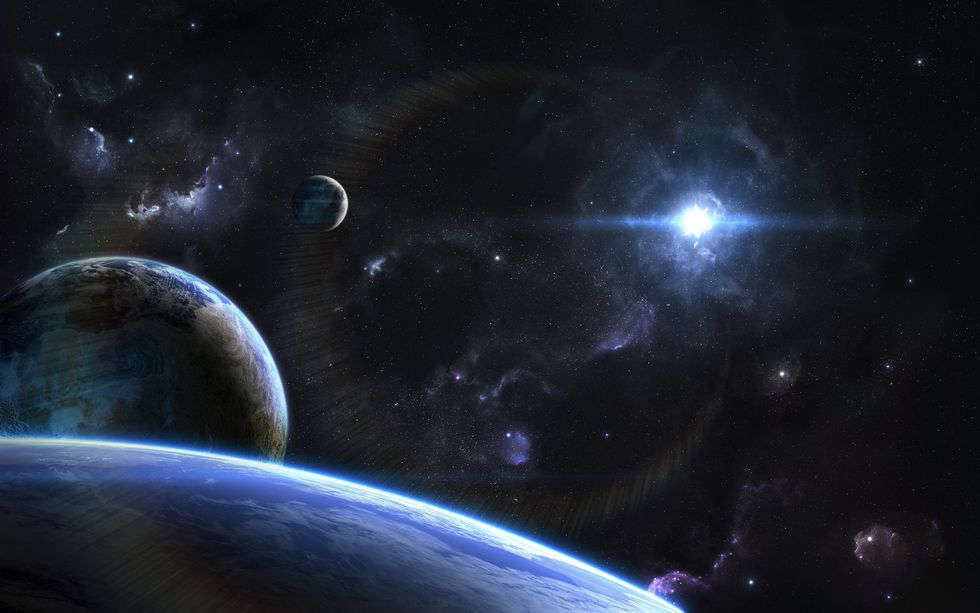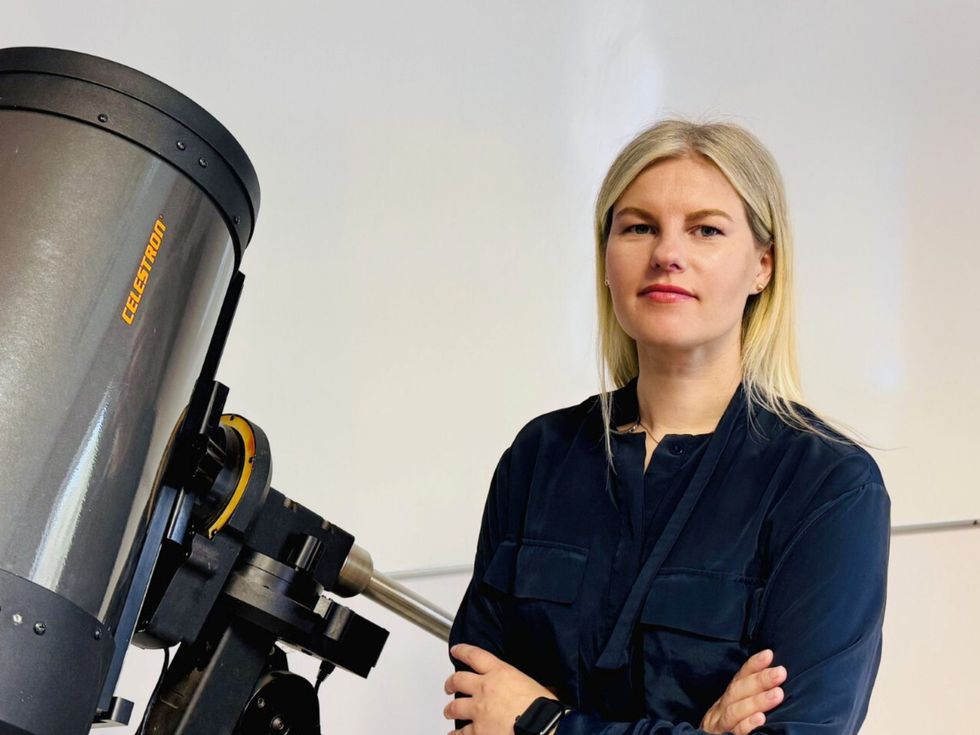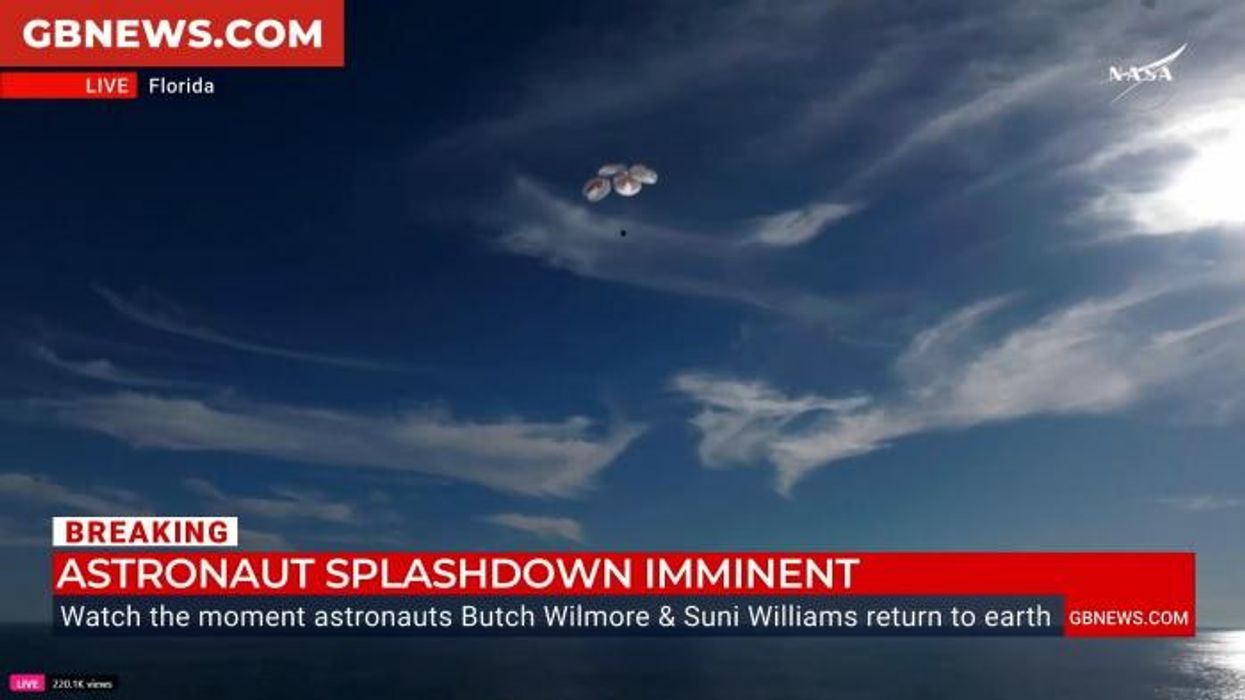Space breakthrough as astronomers discover rare 'Jupiter-like' exoplanet on fringes of Milky Way

The gas-giant planet is similar to Jupiter or Saturn in its composition
Don't Miss
Most Read
Astronomers have detected a rare gas giant exoplanet in the outer reaches of the Milky Way, marking only the third such discovery in astronomical history.
The planet, designated AT2021uey b, was found 3,262 light-years away in the galactic halo, far from the dense central regions where most exoplanets are typically observed.
The discovery made by researchers from Vilnius University in Lithuania, working with international colleagues, employed gravitational microlensing, a phenomenon first predicted by Albert Einstein in the early 20th century.
This technique detects planets by observing the temporary amplification of starlight when a massive object passes between Earth and a distant star, creating a magnifying glass effect.

It is only the third gas-giant exoplanet to be discovered
|GETTY
The planet has a mass 1.3 times that of Jupiter and orbits an M dwarf star, completing one revolution every 4,170 days.
This relatively small, cool star and its gas giant companion were first observed in 2021, with scientists spending years verifying and analysing the data before confirming the discovery.
"This kind of work requires a lot of expertise, patience, and, frankly, a bit of luck," says Dr Marius Maskoliūnas, who leads the Lithuanian research team. "You have to wait for a long time for the source star and the lensing object to align and then check an enormous amount of data."
The collaboration emerged almost serendipitously during a visit to Warsaw's Astronomical Observatory, where Professor Lukasz Wyrzykowski proposed analysing data from the European Space Agency's Gaia telescope.
LATEST DEVELOPMENTS

Professor Edita Stonkutė, one of the co-leaders of the project
|VILNIUS UNIVERSITY
The project combined space-based observations with ground measurements from Vilnius University's Molėtai Astronomical Observatory.
"Most microlensing effects are recorded at the densest part of the galaxy in its centre and disk," notes Associate Professor Edita Stonkutė, who leads the Lithuanian component of the Polish-Lithuanian project.
"However, we managed to find this microlensing phenomenon quite far from the centre, in the so-called galactic halo.
"This is only the third planet in observational history to be discovered so far from the Galactic bulge."
The discovery adds to the nearly 6,000 exoplanets confirmed since the first planet orbiting a sun-like star was found in 1995.

Dr Marius Maskoliūnas and Professor Edita Stonkutė
|VILNIUS UNIVERSITY
"When the first planet around a sun-like star was discovered, there was a great surprise that this Jupiter-type planet was so close to its star," explains Associate Professor Stonkutė. "We've had to rethink planetary formation models more than once."
Microlensing offers unique advantages for detecting invisible cosmic matter. Dr Maskoliūnas noted that visible matter accounts for merely one-tenth of the Milky Way's total mass, with the remaining 90 per cent still invisible.
"What fascinates me about this method is that it can detect those invisible bodies," he says. "You're essentially measuring shadows."











